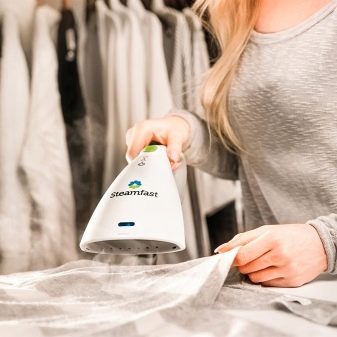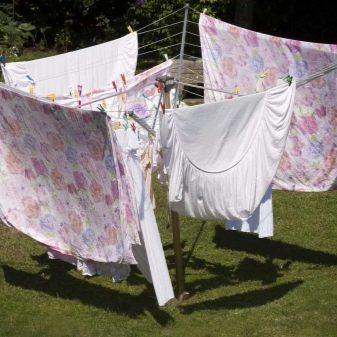What does the header look like and what is sewn from the fabric?
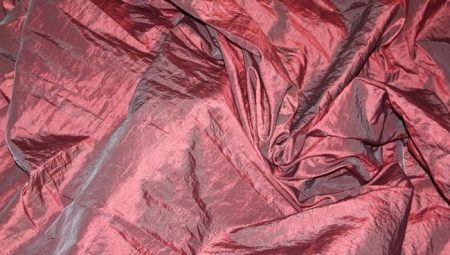
It is important for fabric consumers to know what the header looks like, what it is and what is sewn from the fabric. In addition to a general description of the fabric for cotton curtains, you need to familiarize yourself with the features of a white tergalette and fabrics of other colors. It should be noted that this is a curtain fabric with an effect and for covers on sofas, but it can be used in another way.
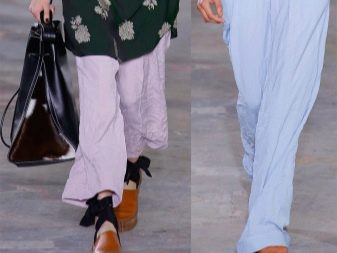
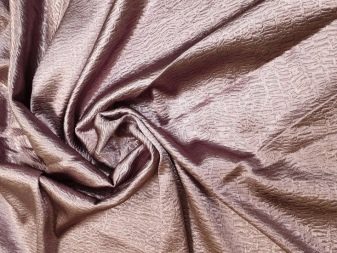
What it is?
There are a wide variety of fabrics available, but even against this background, the header is quite a good choice. It can also be called crepe, which no longer shows the composition of the fibers, but the method by which the threads are intertwined. Tactilely, the harvester has texture. It can give the impression that it is wrinkled even when smoothed very carefully. It is with this effect that the general name of matter is associated. The header does not have an unambiguous chemical composition.
Any fiber can be introduced into it, including cotton. There are also other names in textile catalogs: tergalet, crinkle, already mentioned crepe, crash. The specific composition is determined by the purpose of the application. In any case, specialized processing allows you to achieve exactly the wrinkled, crumpled effect.
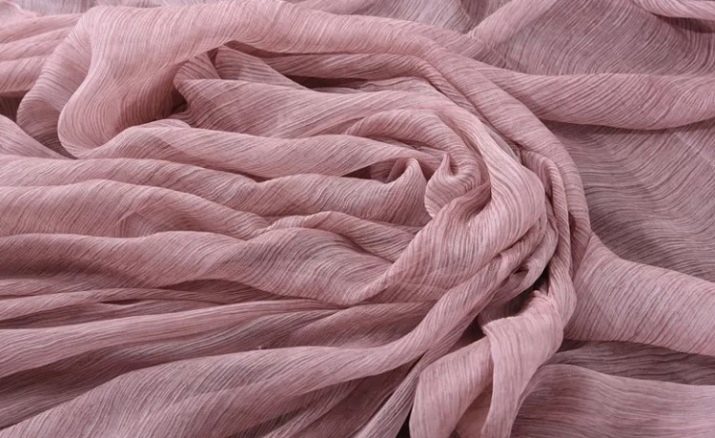
In addition to the composition, the technology for the production of a certain decorative type can also be very different. In the description of the header, it should be emphasized that historically it was woven from natural silk. Such material cost, of course, very expensive and was available only to a very limited circle of consumers. This changed after the Industrial Revolution, when the textile industry began producing reapers from more affordable fibers on a large scale.
It should be borne in mind that the identification of crinkled fabric with crepe is not necessary: the first concept is much narrower and refers from the point of view of professionals to only one group of textiles.
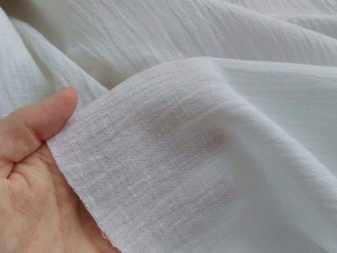

In addition to the usual natural fibers, polyester is often added to the fabric. Thanks to it, the strength of the fabric increases, and its elasticity also increases. Increased tear resistance is noted. Also, an admixture of polyester can increase the durability of textile products. The strongest types of fabric are used in curtains and home textiles, and it is really difficult to tear them.
Crepe (as a synonym for the header), regardless of the source material and processing nuances, will be a relatively stiff fabric with a springy effect. A characteristic feature will be a smooth transition of tones from light to dark tones. This gradation is especially clearly visible on specimens stained in a smooth way. The density of the shredded fabrics can vary widely. All the more widespread are materials based entirely on a synthetic basis.
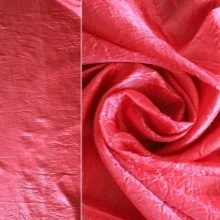
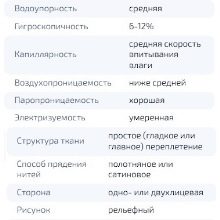
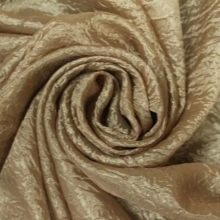
Depending on the specific composition, the header has such valuable properties as:
- hygiene and comfort;
- the beauty;
- ease;
- convenience to wear on hot days;
- especially thin structure;
- elasticity and ability to stretch;
- high density.
Not all of these properties are observed in all cases. Their presence must be checked additionally.
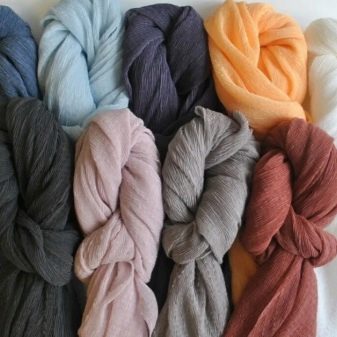
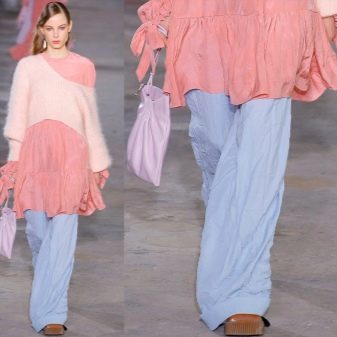
Header:
- suitable for design in the old style (both clothing and decor);
- relatively durable;
- while maintaining the key rules of use, it lasts for a long time;
- undemanding to care;
- even when using synthetic fibers, it can be relatively expensive.
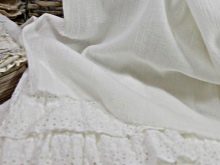
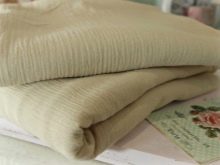
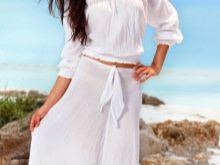
Species overview
The first historical variation of crinkled fabric was obtained by twisting threads of silk. These are very dense canvases. A crooked face is a typical feature. Crepe is made from tightly twisted fibers. It is particularly durable and has good spring properties. The white version of the header is usually muslin or stretch. The gauze has a loose structure. It is a lightweight, sometimes translucent fabric.
As for the crinkled stretch fabric, it is quite extensible. The composition is mainly composed of elastane. In other cases, pleats are supported by inserted non-thick elastic bands. The cotton is also weak. Cotton or coarse calico with small dashes is taken as a basis. Singapore type is used mainly in the production of suits and dresses. Cotton is added to it.
Most often, "Singaporean" matter is distinguished by a large relief with good ordering.

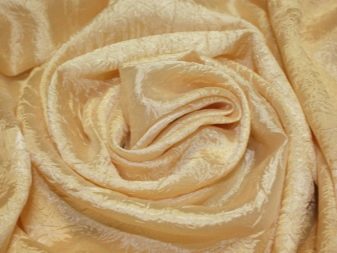
Cotton is 97% weak cotton. Another 3% of this fabric is spandex. Weaving under linen is typical for it. This fabric is recommended for summer use. Mostly different shades of blue dominate. Tergalet deserves special attention. This is a typical curtain fabric. Organza, satin and taffeta are used for its manufacture.
Viscose crinkled fabric is also found. It is appreciated for its density and strength, and is in demand in those areas where these features are relevant. Tergalette is bright and beautiful. This fabric works well in isolation from other fabrics. Creases and folds on the tergalette look very attractive. The fabric can be a good decoration in any room. But we must take into account that it is extremely difficult to process.
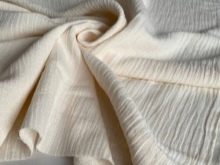
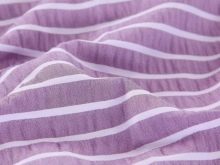
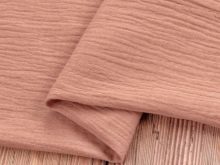
Areas of use
The use of the header should be specified in more detail. Otherwise, figuring out what exactly can be sewn from it will be much more difficult. Classic artificial silk is used for ceremonial clothes, but in everyday situations things sewn from it show themselves just as well. Such matter is still suitable for:
- home personal clothing (like dressing gowns);
- stole;
- covers for the sofa and other furniture;
- graceful pillowcases;
- bedspreads;
- handkerchiefs and neckerchiefs;
- capes;
- decorative napkins;
- curtains of various densities;
- tablecloths.
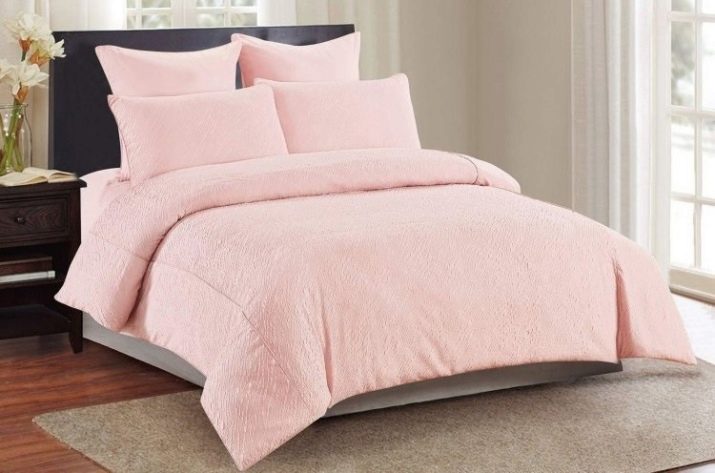
Crumpled silk is environmentally and sanitary clean. It wears out little. Things made from it are comfortable for owners: both adults and even children. Viscose-based fabrics can also be wrinkled, in which case the relief is obtained by heat treatment. Relief retention is worse than in the previous case, the strength is also not so great. Contrary to the popular myth, viscose is a completely natural matter. It is only obtained through the processing of wood pulp. It is a beautiful and environmentally neutral fabric. It is lightweight and relatively inexpensive. Summer clothes are often sewn on the basis of such fabric, and a wide range of home textiles are also made from it.
The already mentioned gauze can also be made from viscose. But mainly flax and cotton are released for it. Sometimes the gauze is even made from wool. It will be denser than usual, but still loose. The use of finishing impregnations eliminates shrinkage after washing. Synthetic and blended fabrics are available either from pure polyester fibers or from synthetic fibers with added cotton and silk. This solution provides increased strength. The increase in the share of synthetics lowers the price. However, the rigidity of the matter is steadily increasing, which is especially unpleasant for bed linen. Basically, such raw materials are used in production:
- curtains and other curtains;
- decorative clothing;
- bedspreads.
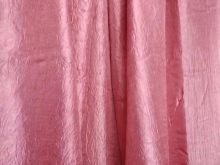
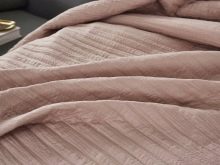
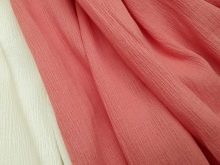
The curtain tergalette is different in color. This material is sold in all major stores. Crumpled fabric is also becoming more widespread for bags. Basically, we are talking about sports and voluminous travel bags. Separately, it should be said about the dense fabric, "washed with stones" (the official name is Stone Washed). Visually, this material is visually similar to denim. The essence lies in the special processing of polyester threads. They are additionally treated with polyurethane. As a result, the cost is noticeably higher than that of classic synthetics with a crinkled effect. Such products are durable and withstand strong temperature fluctuations well.
She does not get wet, and if she gets wet, she does not suffer from it. Deformation is almost impossible. These qualities predetermined the use of Stone Washed in the set:
- tourist equipment;
- equipment for hunters and gamekeepers;
- sports bags;
- backpacks;
- tents;
- certain types of bedding.
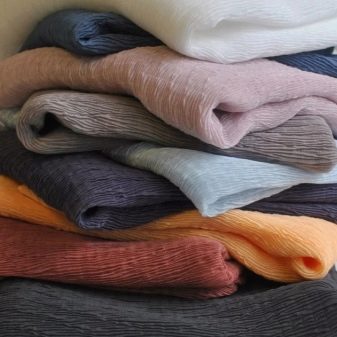
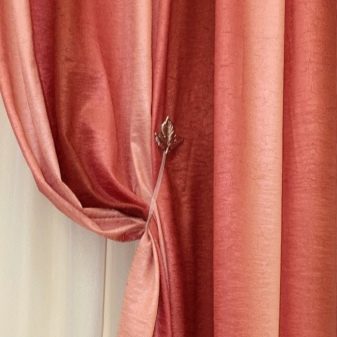
Care rules
The header is able to easily survive an active spin wash. However, when it warms up over 40 degrees, it feels uncomfortable, and it is better to avoid such washing modes. Liquid detergents should be used whenever possible. The use of powders is permissible, but only with gentle formulations. If the fabric is made of silk, hand wash in cool water is encouraged.
In some cases, it is allowed to use especially gentle modes of washing machines. Clean products are straightened and hung to dry where there is no direct sunlight. Important: Garments from the header may shrink after washing. Then you need to iron them only after steaming with an iron from the back side. Steaming is combined with stretching.
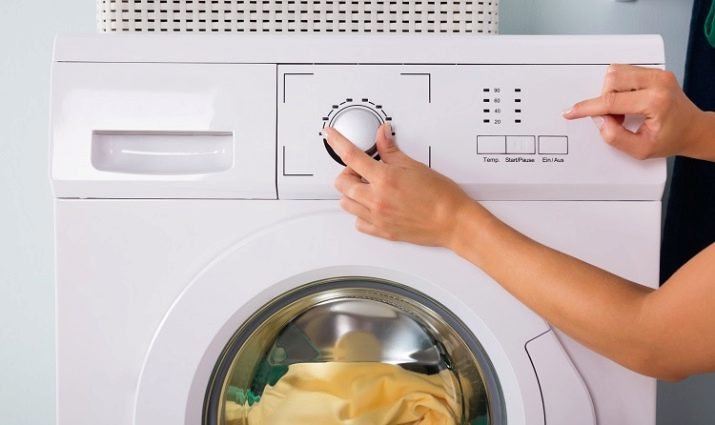
You should not apply great diligence so as not to overtighten the fabric. The straightened product will finally return to its original shape after moistening. Long-term preservation of the texture allows storage in a bundle or knot inside a fabric cover, in other conditions - with protection from water and sunlight. Dry cleaning is useful in exceptional cases. It is allowed to wash the header with other fabrics, including other colors.
The spin should normally take from 10 to 20 minutes. It runs at medium, less often at maximum speed. The usual duration of the wash itself is 60-120 minutes. It is carried out at 40 degrees. Heavily soiled items are washed at 60 degrees. The use of bleaches is not advisable. Ironing is almost never required. Drying and steaming are sufficient in most cases.
For long-term storage of things from the header, it is advisable to cover them from dust.Some sources note that dry cleaning and ironing are completely prohibited.
